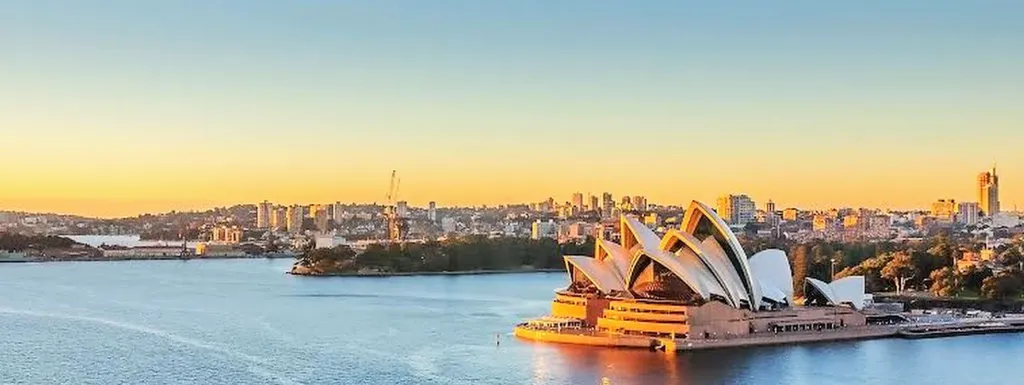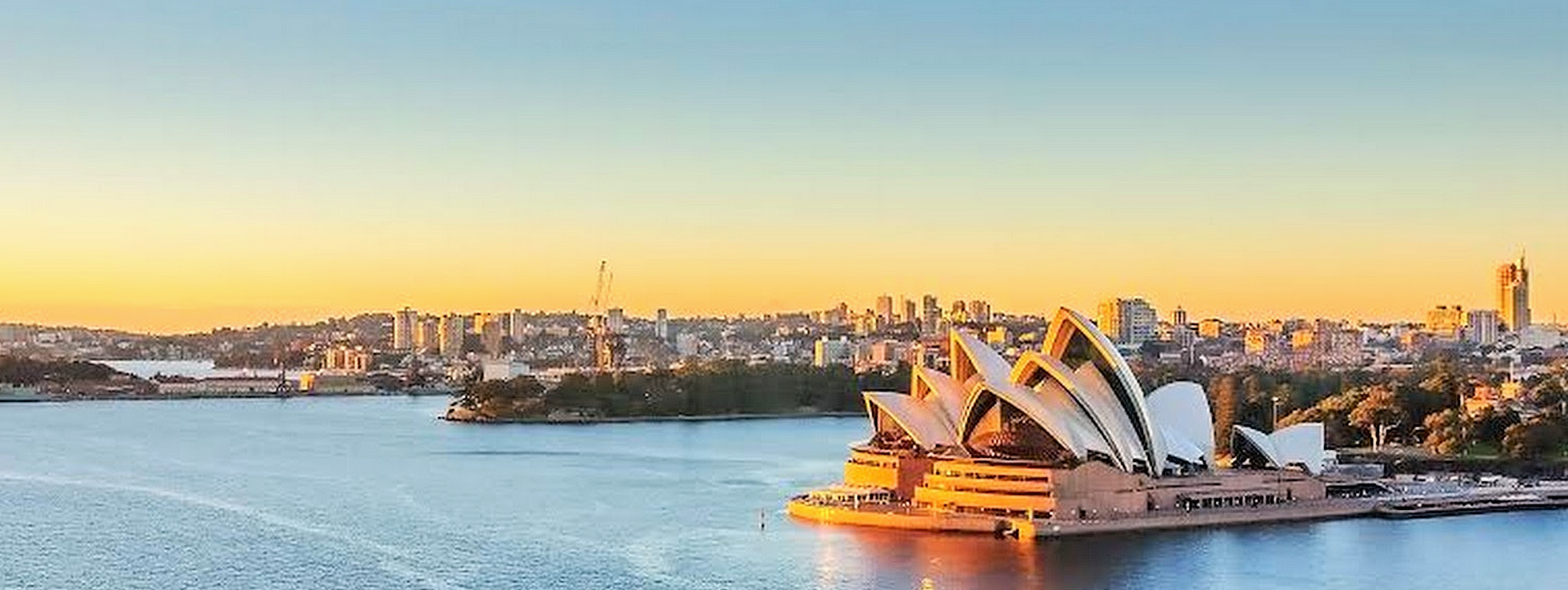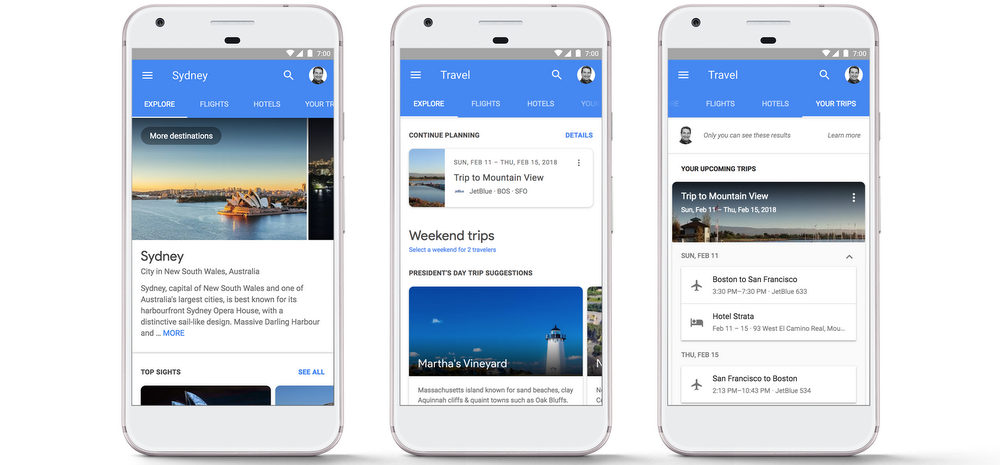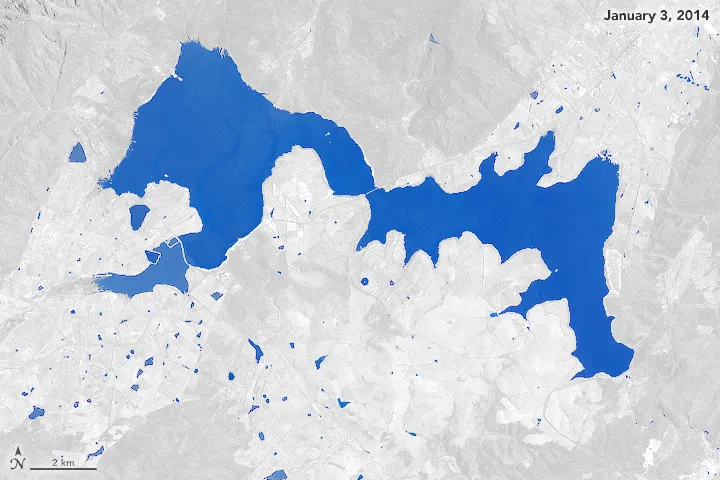
Troubling satellite images reveal how Cape Town ran out of water
In a few weeks from now, the South African tourist hub of Cape Town will be forced to shut down most of its water taps. According to the latest statement by the mayor’s office, Day Zero will arrive by mid-May 2018. And once Day Zero hits, Cape Town residents will be forced to start queuing for water at one of the 200 ration points designated across the city.
Even now, water rations have been capped at 50 liters per person per day. Citizens are being urged to map their water-saving efforts and help stretch out the dwindling supplies. The government is pulling out all the stops to ensure that the water supplies don’t run out before the arrival of winter rainfall – although, its quantity or even the date of arrival cannot be predicted accurately.
This is because South Africa has been witnessing an unprecedented drought situation since the last three years. Some researchers are even calling this dry spell ‘the draught of the century’.
While climate change scientists are saying that unexpected draughts like this are going to become commonplace in the near future, city planners blame poor water supply management in Cape Town for the predicament. The government, meanwhile, is comparing this exigency to World War II and 9/11 attacks, fearing that water shortage might lead to the breakdown of the social order.
Satellite imagery has unmasked Cape Town’s water crisis from above, showing how dramatically the water reservoirs of the city have depleted over the last few years. The Theewaterskloof Reservoir, which supplies water to nearly half of Cape Town, has diminished dangerously between January 2014 and January 2018.
The animated image supplied by NASA’s Earth Observatory below shows the reservoir dropping from its near full capacity in 2014 to below 13% last month.
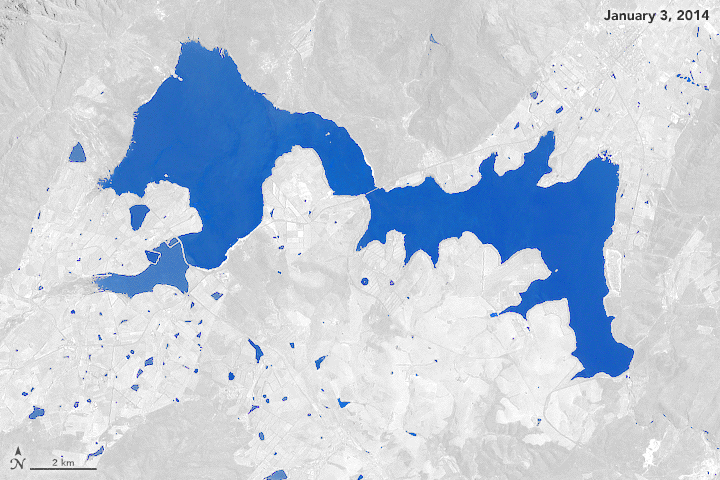
You can see a side-by-side comparison of the Theewaterskloof Reservoir’s transformation in a satellite image provided by the USGS below:

This following trio of images shows how the three successive dry years have taken a toll on the water system of the second-largest city in South Africa:
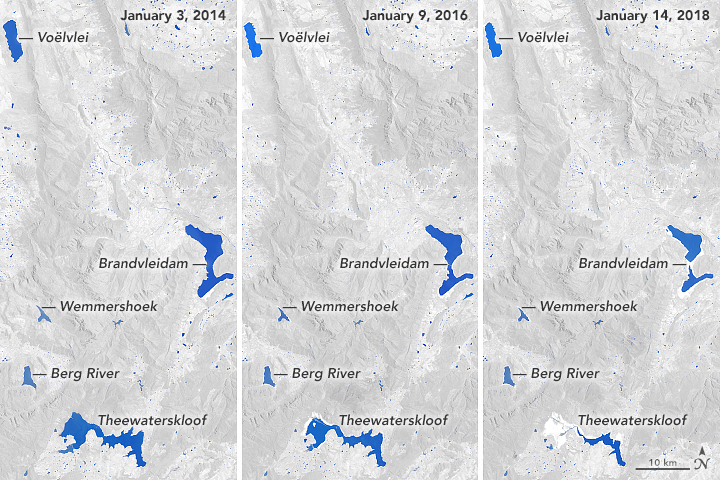
As Cape Town Mayor Patricia de Lille says, “We can no longer ask people to stop wasting water. We must force them. We have reached the point of no return.” And there’s a lesson for other cities around the world to learn from that.





